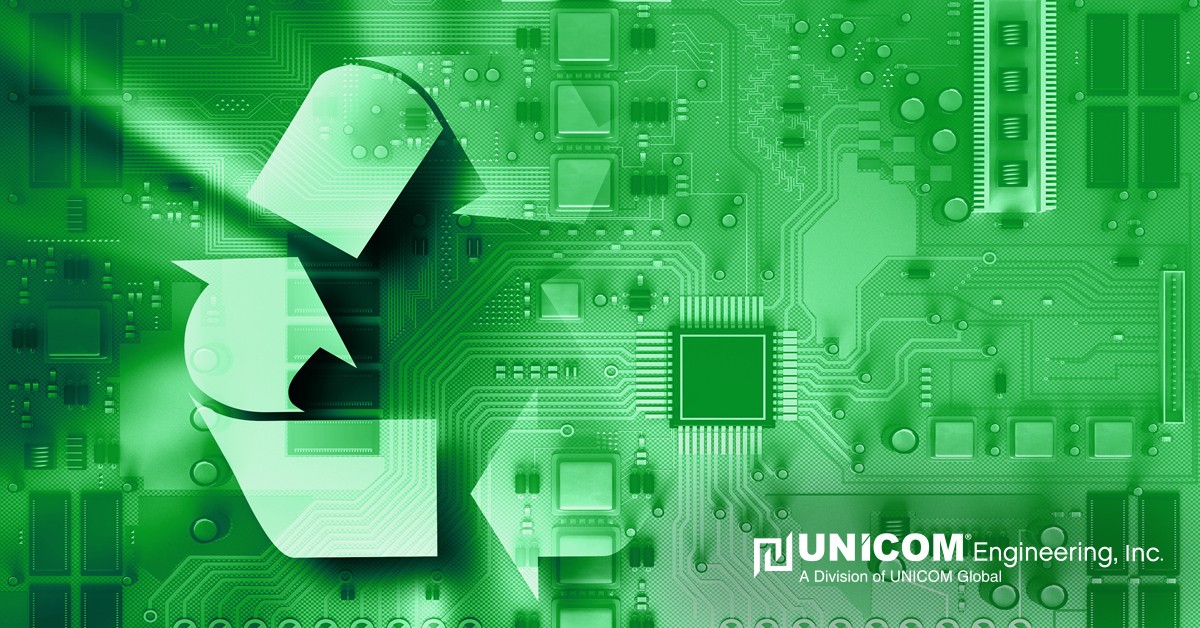Overview
Governments began creating programs to recycle electronic devices during the 1990s in response to the increasing amount of e-waste, but many businesses still aren’t committed to this type of recycling. For example, North America alone generated about seven million metric tons of e-waste in 2016, but only 17 percent of it was recycled. Much of the world’s e-waste is discarded as solid waste, where it’s either incinerated or dumped in a landfill.
What are the Environmental and Health Benefits of Electronic Recycling?
Electronic devices contain a variety of materials that can be economically recycled. These materials can be classified into precious metals, heavy metals, glass, and plastic, each of which requires their own recycling techniques. The first step in electronic recycling is to separate these materials into their groups.
Precious metals like aluminum, copper, gold, palladium, platinum, and silver pose few environmental hazards or health risks. However, they do have intrinsic value that can be realized by simply melting them down and recasting them into solid form.
Heavy metals like arsenic, cadmium, and lead generally don’t have sufficient intrinsic value worth recycling. However, they pose serious health hazards when they enter the body. For example, lead can replace calcium, iron, and zinc, which may prevent enzymes from functioning. The process of recycling heavy metals primarily consists of separating them from other materials and preventing them from entering the environment as they would if burned or discarded in a landfill.
Glass has comparatively little environmental impact, but it’s an ideal material for recycling since it doesn’t degrade with normal use. Recycling glass generally involves removing contaminants and separating the glass into colors, since glass retains its color after recycling. The separated glass is then melted into liquid form and re-blown into a new component.
Plastic poses significant environmental and health hazards when it’s simply discarded. Historically, the value of recycling plastic has been limited because most common types are permanently degraded when melted. To maintain the integrity of the plastic, new plastic has to be added, and it can only be recycled two or three times before the plastic becomes unusable. Recently, a number of businesses have started researching techniques for economically converting plastic back into diesel fuel on a commercial scale.
Additional Benefits of Electronic Recycling
Electronics manufacturing is an energy-intensive process consisting of many steps that produce carbon dioxide and other pollutants. Recycling components such as copper and gold from electronic components thus reduces energy expenditures, providing environmental benefits in addition to the cost savings.
By refurbishing and donating used electronics to schools and other non-profits organizations, companies can help provide equipment to those who otherwise may not be able to afford this equipment. Businesses may also benefit from tax advantages for donating specific electronics. According to the EPA, recycling one million laptops saves the energy equivalent of electricity that can run 3,657 U.S. households for a year. Additionally, recycling one metric ton of circuit boards can recover between 40 and 800 times the amount of gold and between 30 to 40 times the amount of copper that would typically be mined as a virgin resource in the United States.
How UNICOM Engineering Supports Electronics Recycling Efforts
UNICOM Engineering places a strong emphasis on keeping assets in circulation by recycling and repurposing electronic equipment. For example, when we receive defective or broken equipment as return merchandise authorization (RMA), we often refurbish it and put it back in use. Refurbished units are particularly useful for proof of concept or evaluation trials. If a product has reached the end of its reusable life, we provide a final certificate of destruction and dispose of it responsibly. We also reduce waste in product packaging by working with clients to re-engineer packaging design. In addition to the environmental benefits and reduction in our planet’s rate of resource depletion, these measures also help reduce overall costs for our clients. We’re committed to minimizing the impact of our operations on the environment while improving the quality and performance of our products. Furthermore, we work with our clients to facilitate e-recycling programs for our servers, storage devices, and accessories. UNICOM Engineering is also dedicated to providing customers with products that meet or exceed international environmental requirements. We can help to obtain all the necessary documentation and registrations needed to ship product to other countries, which is backed up by our ISO-14001 compliance. UNICOM Engineering also regularly monitors new releases or updates to international regulations such as the Waste Electrical & Electronic Equipment (WEEE) from the E.U. Out teams are proactive in contacting suppliers related to these regulations on as needed basis and provide the disassembly instructions for recycling. Interested in working with a partner that cares about the environment and the impact of our business outputs. Call us at 781-332-1000 or 800-977-1010, or email us at sales@unicomengineering.com
